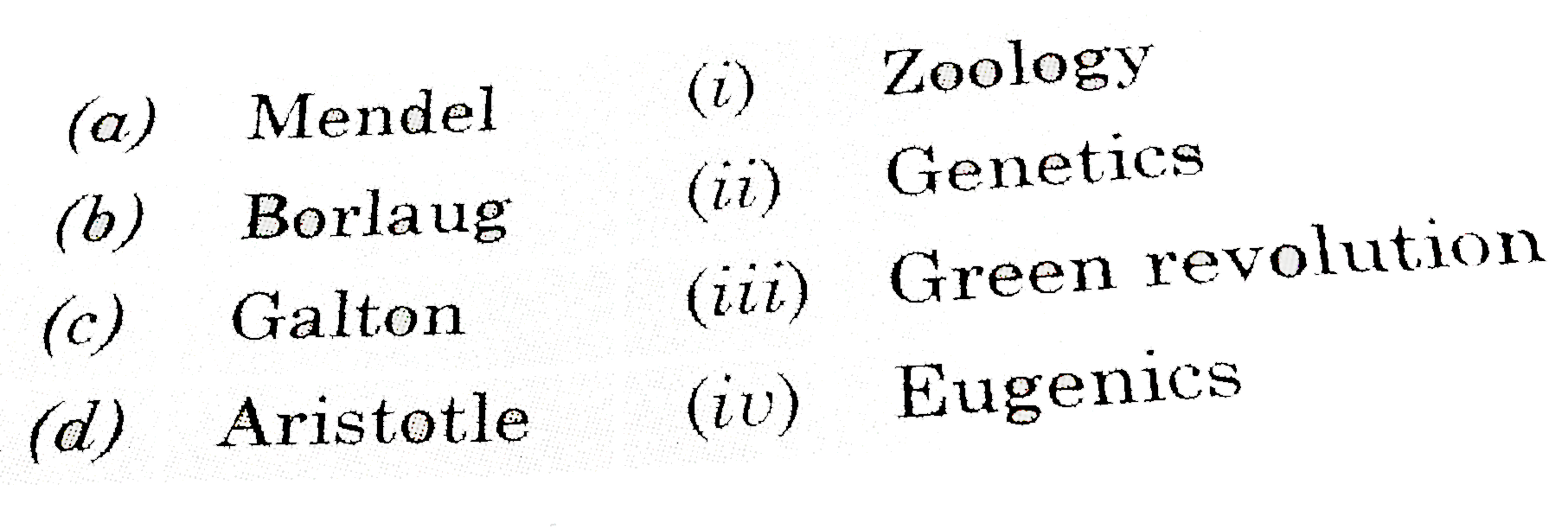Pick up the correct food chain.
Grass → Chameleon → Insect → Bird
Grass → Fox → Rabbit → Bird
Phytoplankton → Zooplankton → Fish
Fallen leaves → Bacteria → Insect larvae
The correct Answer is:C
To determine the correct food chain from the given options, we will analyze each option step by step.
1. Identify the Components of Each Food Chain:
- A food chain consists of producers (plants), primary consumers (herbivores), secondary consumers (carnivores), and sometimes tertiary consumers (top predators).
2. Analyze Option 1:
- The first option describes a food chain starting with grass (producer), followed by an insect (primary consumer), then a chameleon (secondary consumer), and finally a bird (tertiary consumer).
- Evaluation: This sequence is incorrect because it does not accurately represent a typical food chain. Chameleons are not commonly known to eat insects in this context.
3. Analyze Option 2:
- The second option suggests grass (producer), followed by a fox (which is a carnivore), and then a bird.
- Evaluation: This food chain is incorrect because a fox does not eat grass. Instead, it would eat herbivores like rabbits.
4. Analyze Option 3:
- The third option lists phytoplankton (primary producers), followed by zooplankton (primary consumers), and then fish (secondary consumers).
- Evaluation: This is a correct food chain in an aquatic ecosystem. Phytoplankton are consumed by zooplankton, which are then eaten by fish.
5. Analyze Option 4:
- The fourth option mentions fallen leaves (detritus), bacteria (decomposers), and insect larvae.
- Evaluation: This is incorrect because while bacteria decompose fallen leaves, they are not typically consumed by insect larvae.
6. Conclusion:
- After evaluating all options, the only correct food chain is Option 3: Phytoplankton → Zooplankton → Fish.
Final Answer:
The correct food chain is Option 3: Phytoplankton → Zooplankton → Fish.
---
- A food chain consists of producers (plants), primary consumers (herbivores), secondary consumers (carnivores), and sometimes tertiary consumers (top predators).
- The first option describes a food chain starting with grass (producer), followed by an insect (primary consumer), then a chameleon (secondary consumer), and finally a bird (tertiary consumer).
- Evaluation: This sequence is incorrect because it does not accurately represent a typical food chain. Chameleons are not commonly known to eat insects in this context.
- The second option suggests grass (producer), followed by a fox (which is a carnivore), and then a bird.
- Evaluation: This food chain is incorrect because a fox does not eat grass. Instead, it would eat herbivores like rabbits.
- The third option lists phytoplankton (primary producers), followed by zooplankton (primary consumers), and then fish (secondary consumers).
- Evaluation: This is a correct food chain in an aquatic ecosystem. Phytoplankton are consumed by zooplankton, which are then eaten by fish.
- The fourth option mentions fallen leaves (detritus), bacteria (decomposers), and insect larvae.
- Evaluation: This is incorrect because while bacteria decompose fallen leaves, they are not typically consumed by insect larvae.
- After evaluating all options, the only correct food chain is Option 3: Phytoplankton → Zooplankton → Fish.
The correct food chain is Option 3: Phytoplankton → Zooplankton → Fish.
Similar Questions
Knowledge Check
- Question 1 - Select One
Select the incorrect food chain
AGrass → Grasshopper → Frog → Snake → EagleBPhytoplanktons → Zooplanktons → small fish → Large fishCDiatoms → Zooplanktons → Small fishDGrass → Frog → Vulture
Pick up the correct combination
 View Solution
View SolutionPick up the correct match in relation to glands and diseases associated with them
 View Solution
View SolutionPick up the correctly matched
View SolutionPick up the correctly matched
View SolutionThe angle of deviation (δ) vs angle of ancidence (i) is plotted for a prism. Pick up the correct statement.
 View Solution
View SolutionPick up the correct explanation
View SolutionMatch the columns and pick up the correct combination
 View Solution
View Solution

